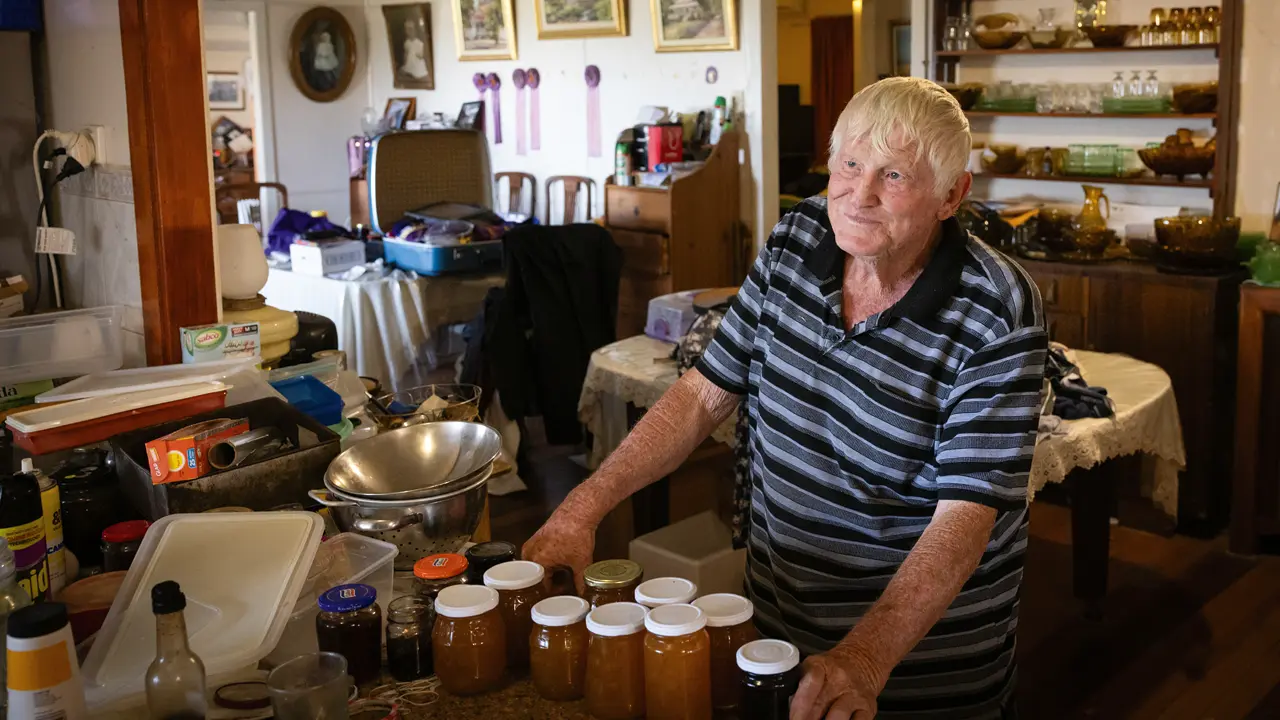Queensland’s Mount Morgan trades on its exceptionally rich heritage to keep the town alive.
Story By Chris Pritchard
Mount Morgan, 38 kilometres south of Rockhampton on the banks of the Dee River, is among a clutch of Queensland towns with mining heydays in their back pockets. They’re places of charming, if faded, grandeur where reminders of bygone prosperity seem to lurk around every corner.
Mount Morgan trades heavily on its exceptionally rich heritage. It has an unusual twin-pronged history: the “old” has to do with dinosaurs while the “new” is pinned to outback pioneering and a quest for gold. However, visitors happily immerse themselves in both strands. And the two are inexorably linked. As a bookish traveller from Mildura, Vic, explains to a tour guide: “Mount Morgan gold-mining and dinosaurs have one crucial attribute in common: they’re both extinct.”
Many a lick of paint has been brushed onto Mount Morgan in recent years. Firmly on the comeback trail, its new spiffiness arrested slow decline. “Tourism is big business now,” says John Steinberger, whose company, TMC Tours, is among those running tours of local attractions. “It’s our biggest industry. The service sector is our main employer. Most visitors give us a half-day or a full day, which is fine by us. They’re on their way to better-known places. But quite a few have told me their first visit convinced them a day wasn’t enough so they came back second and third times.”
Grey nomads, with flexible timetables, often spend several days here. Many have lunch in one of the town’s pubs or drive 26km to the Dululu Hotel, in a tiny town (population 35) of the same name, where splendid counter tucker is served.
Mount Morgan’s 2400 residents take great pride in the town’s history and they’re keen to share it, says Mary Carroll, chief executive of Rockhampton-based Capricorn Enterprise, which promotes the region. “Exploring Mount Morgan is like stepping back in time,” Mary says. “It’s living history at its best: the mine, the old railway station, dinosaur footprints in caverns, a swinging bridge and widespread refurbishment typified by ongoing restoration of the Grand Hotel to its former glory.”
An era ended in 1984 when, after 102 years of gold production (with lesser quantities of copper and silver), the mine’s hooter blared for the last time. Heard across town, the hooter had sounded shift changes and meal breaks along with alerting the hospital to accidents. A mountain – named after pioneering brothers – was largely consumed by mining. In its place is an inviting-looking lake, a scenic spot of deserted serenity at the edge of town. But no one dares use the water-filled pit that is 2.5km long and 300m deep in places because of its acidity.
This story excerpt is from Issue #83
Outback Magazine: June/July 2012









